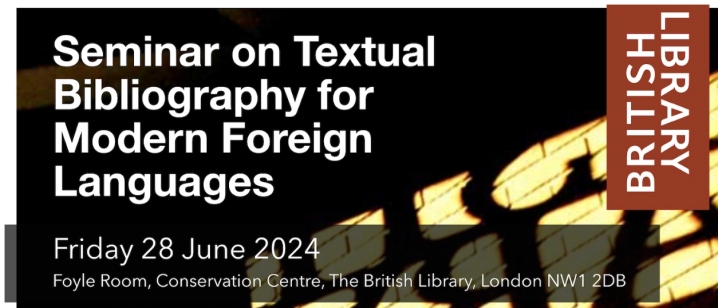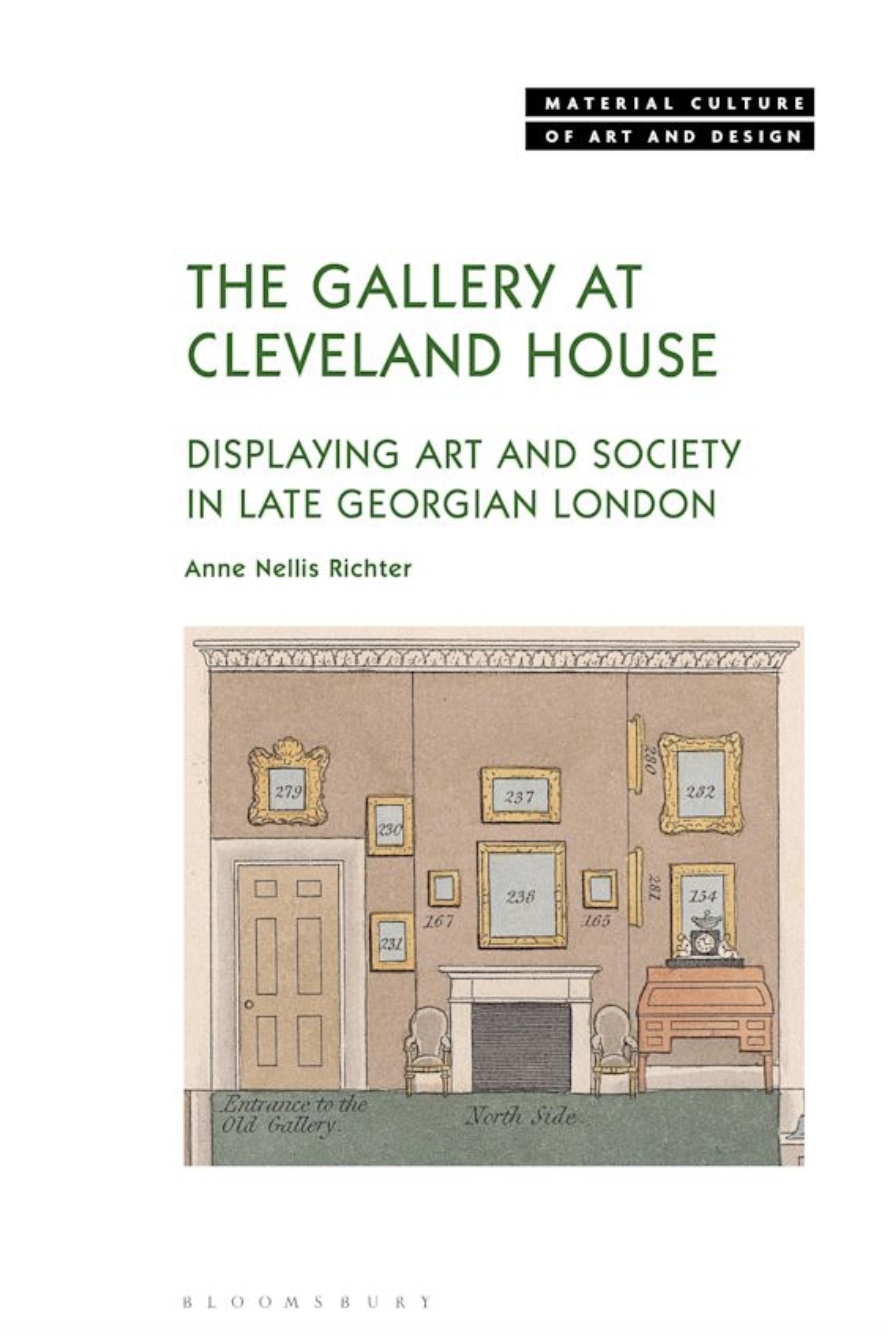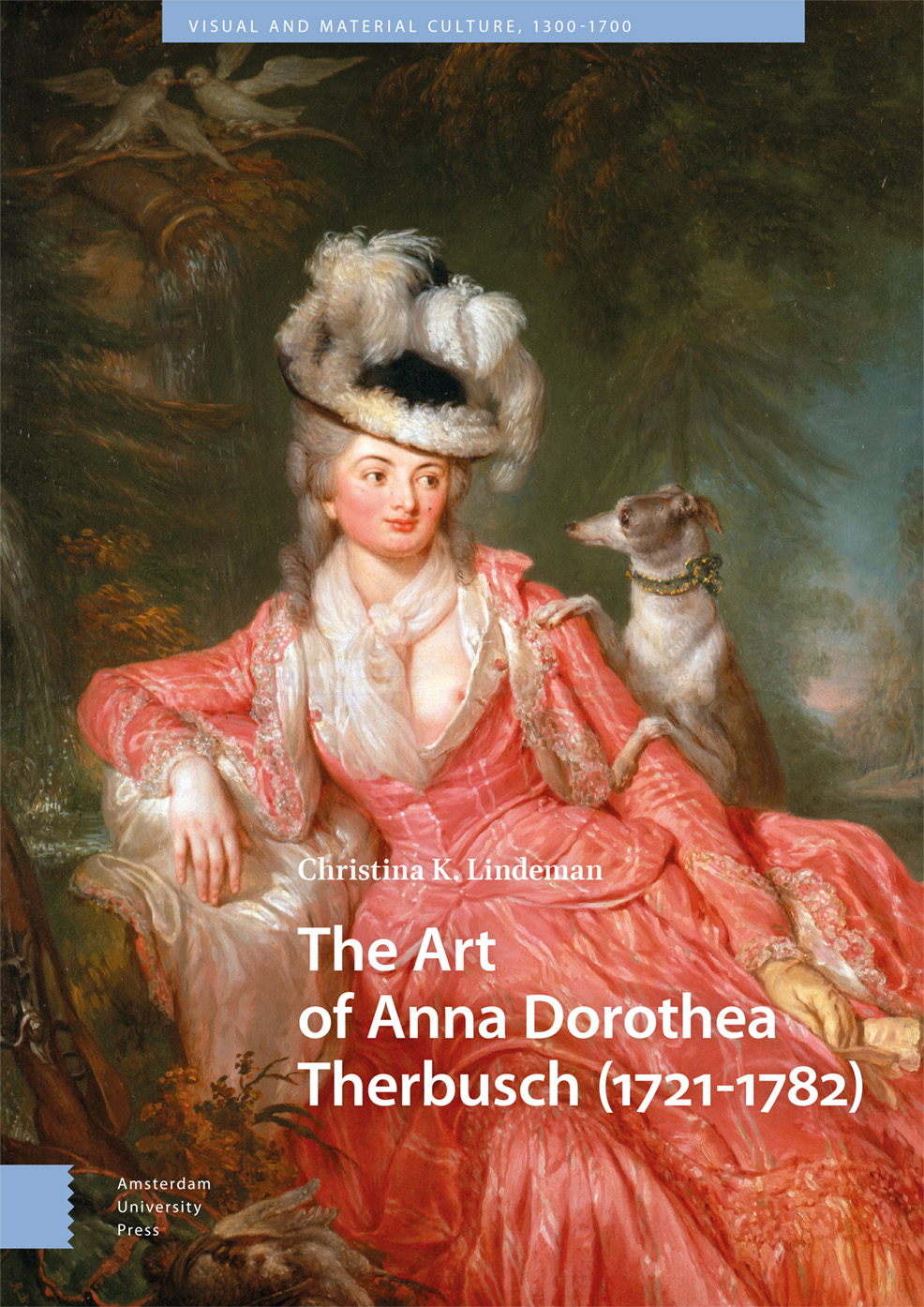Call for Papers | Baroque Times: The Table’s Scenography
From ArtHist.net:
Baroque Times: The Table’s Scenography
Vila Nova de Foz Côa, Portugal, 14–16 November 2024
Proposals due by 15 July 2024
When discussing the table or the act of being at the table, our immediate thoughts go to the act of eating, the company present, and the food to be shared. However, the table transcends its practical function to become a richly layered symbol, both materially and conceptually, embodying sociability in myriad ways throughout history. During the modern era (17th–18th centuries), the table’s significance unfolded across diverse contexts and environments, from the opulent settings of palaces to the humble abodes of common citizens. Regardless of setting, the table served as a focal point, drawing together a spectrum of personalities and activities, thus assuming a central role in daily life. In palatial settings, the table symbolized power and sophistication, showcasing culinary refinement and adherence to social etiquette. The table epitomizes socialization, serving as a nexus for fundamental human experiences—the nourishment of the body and the establishment of communal identity within society. As such, it acts as a microcosm of cultural norms and interpersonal dynamics, revealing insights into societal values and individuals’ relationships with one another and with themselves.
Inspired by Christian traditions, the Western table echoes the teachings of Christ, who in the Gospels elevated the table to a sacred space for gatherings, sharing, inclusion and teaching. Depicted in various biblical scenes, such as the Wedding at Cana, the home of Martha, the Emmaus supper, and the Last Supper, the table emerges as a locus of truth and reverence, where communal sharing imbues food with deeper meaning.
At the table, physical proximity, and eye contact foster connections, yet may also give rise to discord. It is a space where alliances are forged, love and friendship blossom, and adversaries may surface. In its multifaceted nature, the table serves as a catalyst for a myriad of human activities, offering profound insights into the essence of human existence, whether amidst moments of serenity or the complexities of social interaction.
The following themes are proposed, although other related topics may also be accepted:
• The Table as Object: consideration of the table as a piece of furniture, in its various functions, such as dining, campaign, gaming.
• The Everyday Table: a space for daily gatherings, where routines and eating habits intertwine.
• Table and Power: dynamics of power and social hierarchy that manifest through table arrangement and associated rituals.
• Dressing the Table: the importance of porcelain, glassware, cutlery, textiles, and other elements in the aesthetic and functional composition of the table.
• Etiquette: the norms and social conventions that govern behavior at the table across different cultures and historical contexts.
• Food: the relationship between the table and the culinary space, including kitchens and food preparation areas.
• Celebration: how the table becomes the centrepiece of festive celebrations (attire, theatre, dance, fireworks, music, and ephemeral art in general).
• The Table in Literature: representations and symbolism associated with the table in literary works.
• Cross-Cultural Perspectives: Investigating intercultural practices related to the table and their mutual influences.
• Representations in the Visual Arts: how artists depict the table in painting, sculpture, tiles, textiles, and other decorative arts.
• Virtualizations of the Table: how the table is reinterpreted and recreated in virtual and digital environments.
• The Table in Cinema: representation and role of the table in neo-baroque movies of different genres.
• The Neo-Baroque Table: How the aesthetic and cultural principles of the Baroque continue to influence contemporary representations of the table.
To submit a proposal, send an abstract (a maximum of 300 words) addressing the objectives, methodology, and relevance of the work to the themes of the congress, along with a biographical note (maximum of 150 words) to temposdobarroco@gmail.com by 15 July 2024.
Scientific Committee
Carla Sofia Ferreira Queirós (ESEPP; CITCEM/FLUP)
Margarida Rebocho (ARS LUMINAE)
Maria João Pereira Coutinho (IHA – NOVA FCSH / IN2PAST)
Rui De Luna (Associação Cultural Castilho e Távora)
Sílvia Ferreira (IHA – NOVA FCSH / IN2PAST)
Scientific Committee
Ana Isabel Buescu (CHAM – NOVA FCSH)
Caroline Heering (Université catholique de Louvain)
Fátima Eusébio (Secretariado Nacional para os Bens Culturais da Igreja)
Fernando Quiles García (Universidad Pablo Olavide)
Gonçalo Vasconcelos e Sousa (Universidade Católica Portuguesa-Porto)
Inês de Ornelas e Castro (IELT – NOVA FCSH)
Isabel Drumond Braga (FLUL, CIDEHUS-UÉ; CH-UL)
Jaromir Olsovsky (University of Ostrava, Czech Republic)
Luis Javier Cuesta Hernández (Universidad Iberoamericana, Ciudad de México)
Ricardo Bernardes (Fundação Casa de Mateus)
Call for Articles | Anachronisms in Art History
From the Call for Papers / Appel à contributions:
Anachronisms in Art History / Anachronismes en histoire de l’art
Special issue of Perspective: Actualité en histoire de l’art
Edited by Thomas Golsenne, Hélène Leroy, and Hélène Valance
Proposals due by 17 June 2024, with finished articles due by 1 December 2024
Perspective will explore, in its 2025.2 issue—co-edited by Thomas Golsenne (INHA), Hélène Leroy (Musée d’Art Moderne de Paris), and Hélène Valance (université Bourgogne-Franche-Comté/InVisu)—the question of anachronisms in art history.
Since at least the 1960s, a number of critical approaches have emerged with regard to sweeping Western approaches that classified artworks and artists in successive stylistic periods, and even based the discipline on these temporal and formal categories. They made it possible to call into question the 19th-century ‘historism’ that confused the scholars’ temporal categories with the historical phenomena themselves, just as they have redefined periods as designations of time, objects of history. In practice, however, it is clear that the period remains more than ever the temporal unit within which we conceive art history and study it. Even if the subject of anachronism in art history emerged much earlier, for reasons that merit further consideration, it genuinely became worthy of interest for the epistemology of the historical sciences at the turn of the 21st century. What about art history?
To this end, three main topics emerge for proposed articles:
1 Disciplinary Anachronisms
2 Methodological Anachronisms
3 Historical Anachronisms
Additional information (including a bibliography) is available from the full Call for Papers»
Taking care to ground reflections in a historiographic, methodological, or epistemological perspective, please send your proposals (an abstract of 2,000 to 3,000 characters/350 to 500 words, a working title, a short bibliography on the subject, and a biography limited to a few lines) to the editorial email address (revue-perspective@inha.fr) no later than 17 June 2024.
Perspective handles translations; projects will be considered by the committee regardless of language. Authors whose proposals are accepted will be informed of the decision by the editorial committee in July 2024, while articles will be due on 1 December 2024. Submitted texts (between 25,000 and 45,000 characters/ 4,500 or 7,500 words, depending on the intended project) will be formally accepted following an anonymous peer review process.
Published by the Institut national d’histoire de l’art (INHA) since 2006, Perspective is a biannual journal which aims to bring out the diversity of current research in art history, highly situated and explicitly aware of its own historicity.
Conference | Textual Bibliography for Modern Foreign Languages

◊ ◊ ◊ ◊ ◊
Seminar on Textual Bibliography for Modern Foreign Languages
The British Library, London, 28 June 2024
p r o g r a m m e
11.00 Registration and coffee
11.30 Juan Gomis (Valencia) — Visual Recognition Tools for the Study of Spanish Chapbooks, 18th and 19th Centuries
12.25 Lunch break
1.30 Karima Gaci (Leeds) — French Grammar Textbooks Published in England, 18th and 19th Centuries
2.15 Yuri Cerqueira dos Anjos (Wellington) — French Writing Manuals in the 19th Century
3.00 Tea
3.30 Alexandra Wingate (Indiana) — Reviewing the Systems Approach: A General Model for Book and Information Circulation
4.15 Sarah Pipkin (London) — Two Works by Kepler in University College London, De stella nova (1606) and De cometis libri tres (1619), and Their Provenance
The seminar will end at 5.00pm. Attendance is free, but please pre-register by sending your full name to Barry Taylor at barry.taylor@bl.uk and Susan Reed at susan.reed@bl.uk.



















leave a comment